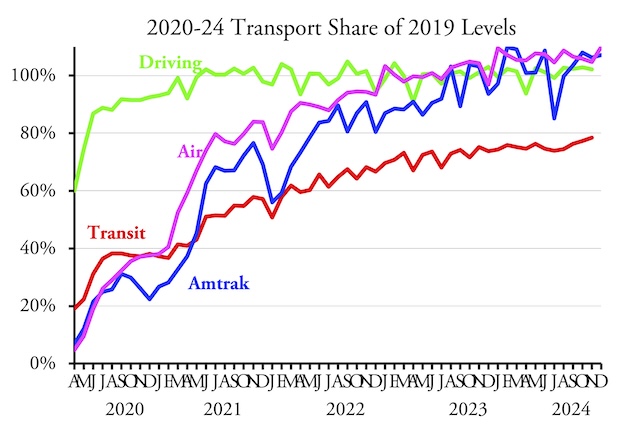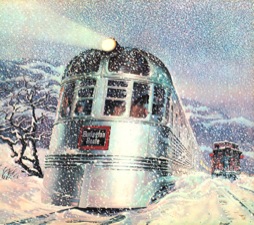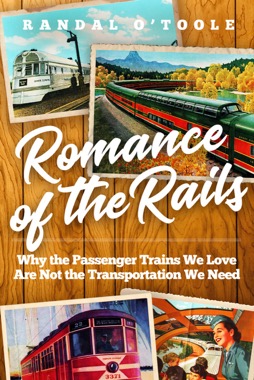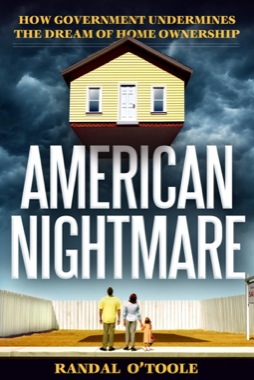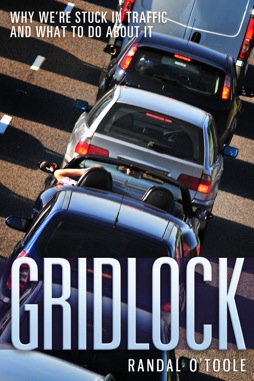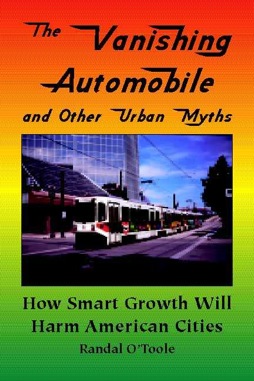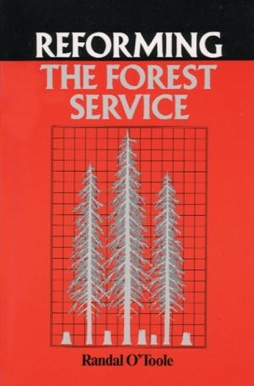Amtrak carried 7 percent more passenger-miles in December of 2024 than in the same month of 2019, according to its monthly performance report issued earlier this week. The airlines, meanwhile, carried 10 percent more passengers in December of 2024 than 2019, according to TSA passenger counts.
Transit and highway data will be added as soon as it is available.
The airlines, of course, carried a lot more passengers than Amtrak. Amtrak carried about 3.0 million passengers in December while the airlines carried 66 million. The difference in passenger-miles is even greater. While airline passenger-mile data is not yet available for December, the average Amtrak trip is about 200 miles long while the average domestic airline trip is 950 miles, which means domestic airlines carry about 100 times as many passenger-miles as Amtrak. When international airline trips are included, the difference is even greater.
Although Amtrak is trying to expand the number of trains it operates, it is mainly trying to increase the number of state-subsidized trains. Yet those trains are doing the worst of its three main kinds of trains. Northeast Corridor trains carried 20 percent more riders in December of 2024 than in 2019 and long-distance trains carried 2 percent more, but the state-subsidized trains carried 2 percent fewer riders.
I’ve assumed that the Northeast Corridor trains are doing well because so many lobbyists and government workers in that corridor are traveling on expense accounts. However, someone recently pointed out to me that the Acela trains, which such travelers might prefer, aren’t doing that well. In December the Acela carried almost 9 percent fewer passengers than in the same month of 2019. Meanwhile, December ridership on the slower, non-Acela trains, which Amtrak calls Regionals, was 31 percent greater in 2024 than 2019. So much for the popularity of high-speed trains.
The Acela (which has business class and first class) can be quite a bit more expensive than the Regionals (which have coach class and business class). The New York-Washington coach fare for the Regionals, if purchased far enough in advance, can be as low as $25 or as high as $103. Business class brings this up to $102 to $298. Business class on the Acela ranges between $83 and $399, while first class can range from $304 to $608.
The truth is that the Acela is only about 20 to 40 minutes faster between New York and Washington than the Regionals, so anyone paying for their own ticket would only ride the Regionals, whereas many people who can charge their fares to someone else will take the faster trains. (I once asked Cato staff to buy me a ticket from New York to Washington and without asking they paid for a ride on the Acela. I was so embarrassed at the extra cost that I always made my own travel arrangements after that — and usually took Megabus, which typically cost me, or Cato, under $20 round trip.)
So why are the Regionals doing so well? One possible answer is that many people responded to COVID by moving out of the DC and New York areas to less dense communities, and now are commuting by train to offices two or three times a week. Under Marchetti’s law, people will spend about five hours a week commuting, and they don’t care if they spend an hour five days a week or 2-1/2 hours two days a week. Commuters pay their own fares and thus are mostly likely to take the slower trains. I don’t know if that is the real reason for the Regional’s good performance, but it is worth investigating.

